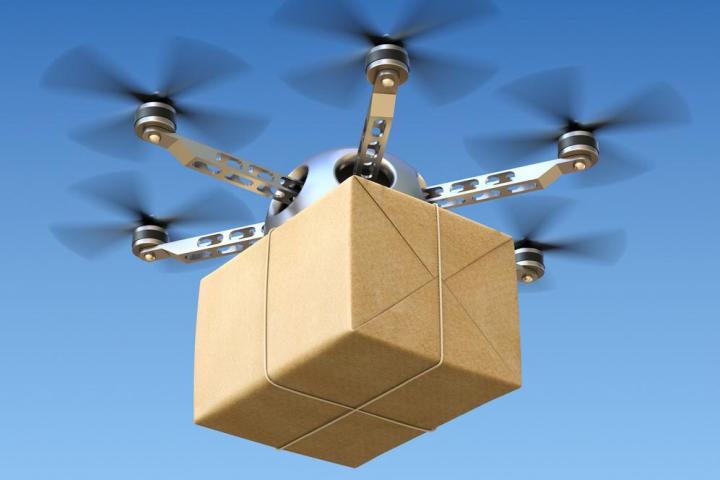
The issue is a growing headache not only for U.S. authorities, but for officials everywhere who are trying to keep drugs and other contraband outside of secure facilities.
Indeed, the problem is now so serious in the U.K. that the government there has just announced the launch of a “specialist squad” comprising prison officers and cops to deal with the threat posed by drones to jail security.
Unveiled on Monday by the Ministry of Justice, an appointed team of investigators will work solely to “identify and track down those involved in attempts to smuggle in contraband.”
“We will find you and put you behind bars”
While it’s thought that most contraband enters prisons via corrupt staff, targeting drones is part of a wider effort to disrupt the flow of drugs, mobile phones, and other banned materials into British prisons to ensure such facilities remain as places of “safety and reform,” the government said.
Prisons minister Sam Gyimah said in a release, “My message to those who involve themselves in this type of criminal activity is clear — we will find you and put you behind bars.”
The government said the launch of the new squad comes in the wake of a number of cases that have seen drone owners jailed for attempted prison deliveries using off-the-shelf quadcopters such as DJI’s popular Phantom machines.
At the end of last month, for example, two men were jailed for up to six and a half years for trying to fly contraband worth a total of 48,000 pounds (about $60,000) into several prisons across the southeast of the U.K.
Solutions
American jails are having to deal with the same problem, prompting prison administrators to explore different ways to halt the illegal drops.
A myriad of solutions are available, some more tech-based than others. Dedrone, for example, has developed the DroneTracker, which can detect remotely controlled flying machines within 1,640 feet in any direction. When it spots a rogue machine, the operator can then follow it to its landing point and apprehend the pilot, or take control of the flight and land it beside them. Other solutions include a shoulder-mounted, net-firing bazooka, and even highly trained eagles.


